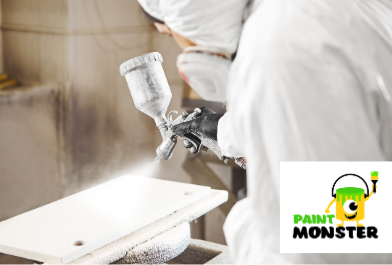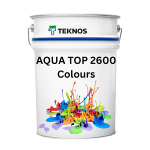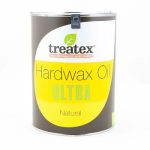Spray finishing is a popular method of applying a smooth and even coat of paint, varnish or other finishes to a surface. There are several types of spray finishing methods available, each with its own unique characteristics and applications.
Conventional spraying is one of the most widely used methods of spray finishing. It involves using compressed air to atomize the finish and spray it onto the surface. This method is ideal for large surfaces and produces a fine finish. The finishing material is fed forward to the tip, the flow is controlled by a needle valve operated via the spray gun trigger. The paint meets the jet of air beyond the tip and is atomised in the form of tiny droplets. Spray width / fan pattern is regulated by the amount of air supplied to the tip.
HVLP, or High Volume Low Pressure spraying, is another popular method of spray finishing. It uses a high air volume to atomise the finish and a low pressure to spray it onto the surface. This method is ideal for smaller surfaces and produces a high-quality finish with minimal overspray. 
Airless spraying is a method that uses hydraulic pressure to atomize the finish and spray it onto the surface. This method is ideal for large surfaces and produces a thick and even coat of paint or finish. Airless spraying offers certain advantages compared with conventional spraying, but is not as flexible when regulating spray fan or flow of product. The spray fan pattern and flow of paint are controlled by the use of different spray tips. Airless spray finishing is widely used when applying water based coatings.
Air assisted airless spraying is a hybrid method that combines the benefits of both conventional and airless spraying. It uses hydraulic pressure to atomize the finish, also uses compressed air to provide additional control and atomization. This method is ideal for achieving a high-quality finish on large surfaces.
In summary, there are several types of spray finishing methods available, each with unique characteristics and applications. Choosing the right method depends on the surface being finished, the type of finish being applied, and the desired outcome




